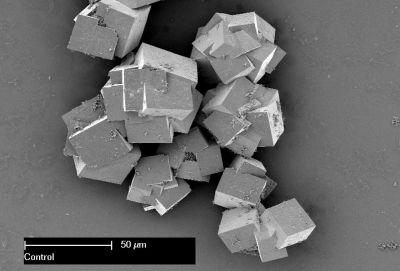Attosecond science has opened the door to real-time observation and time
domain control of atomic-scale electron dynamics. Study of the electron
correlation — electron interactions — through ultrashort laser pulses
is ideal for investigating both quantum and classical approaches. The
results obtained using both frameworks can be compared with up-to-date
experimental results.
Nevertheless, the main advantage of the classical approximation to
quantum mechanics is the power law scaling of electron correlation
representation with system size. With this in mind, the EU-funded
project 'Transition states for multielectron ionization phenomena' (
TRANS-MI)
seeks to investigate the atomic and molecular processes in strong
electron–electron interactions with tools from non-linear dynamics and
chemical physics. In particular, TRANS-MI aims to build a framework
analogous to the transition state theory for chemical reactions. This
should further enhance understanding regarding the role of electron
interactions under strong ultrashort laser pulses.
Scientists have found the processes responsible for
re-collision–driven non-sequential double ionisation in the presence of a
strong, circularly polarised laser field. Based on these results, they
have also shown that some key periodic orbits driving the re-collision
process are directly linked to the circularly polarised high-harmonic
generation. Considering that the conventional re-collision scenario is
based on contradictory hypotheses, a purely classical re-collision
scenario has been constructed. This modified scenario has been based on a
particular periodic orbit that drives the re-collision process.
Another task has been to study dynamics within the transition state
for the hydrogen exchange reaction. As the energy increases, the
dynamics within the transition state become increasingly chaotic.
Scientists have found that the transition state first loses and then,
surprisingly, regains its normal hyperbolicity. Therefore, the important
phase space structures of transition state theory should exist at most
energies above the threshold.
TRANS-MI members have organised workshops and training sessions on a
variety of topics to provide a new generation of researchers with a
multidisciplinary background. Project results have been published in
journals.

